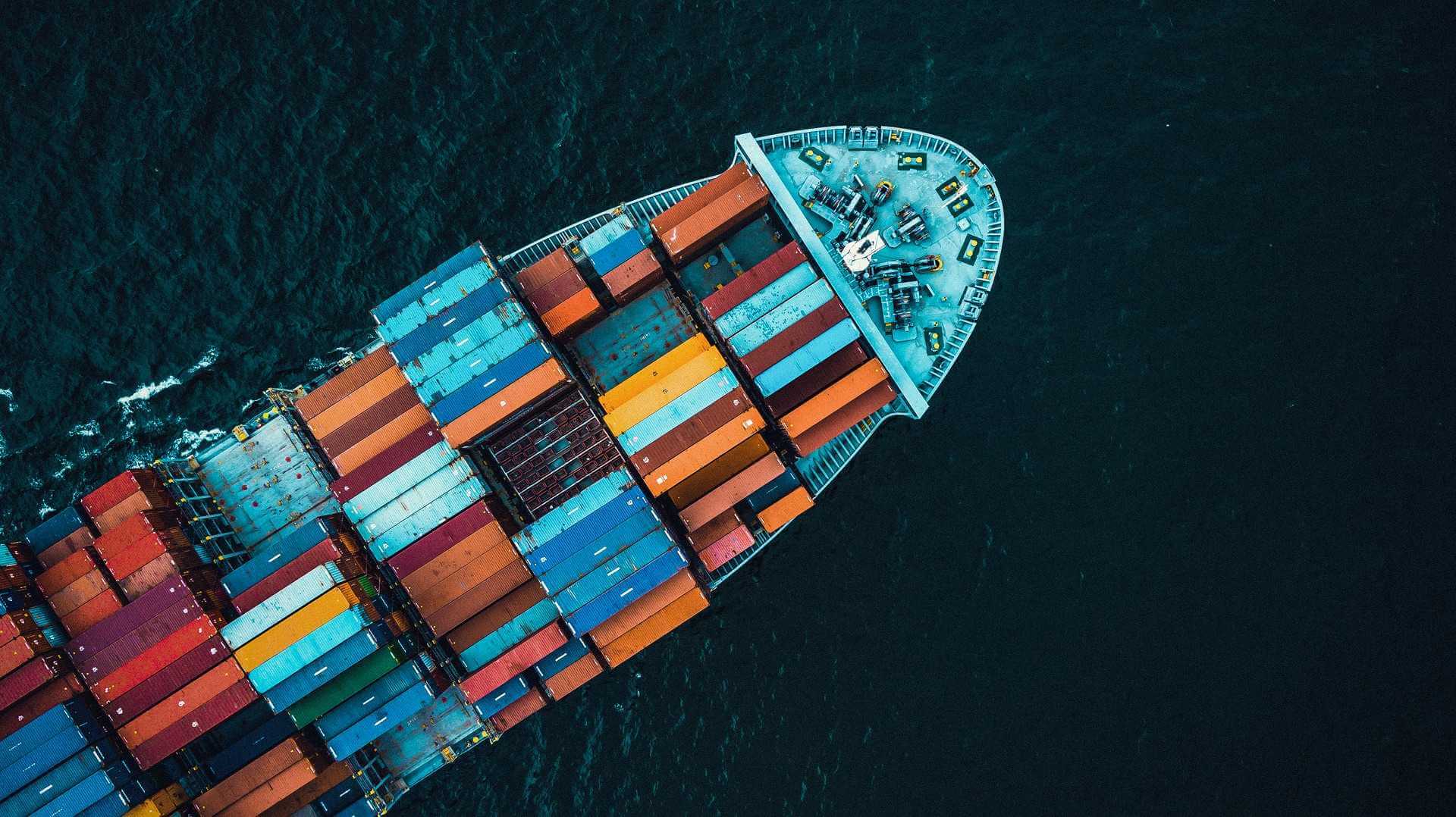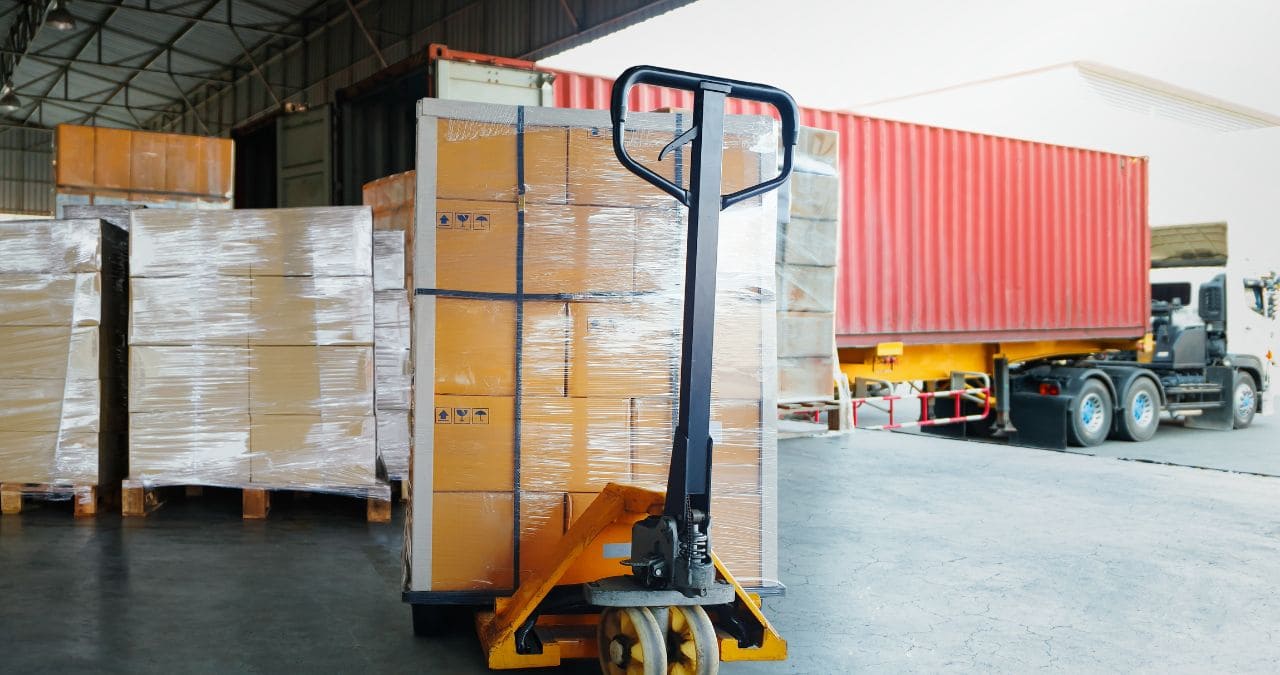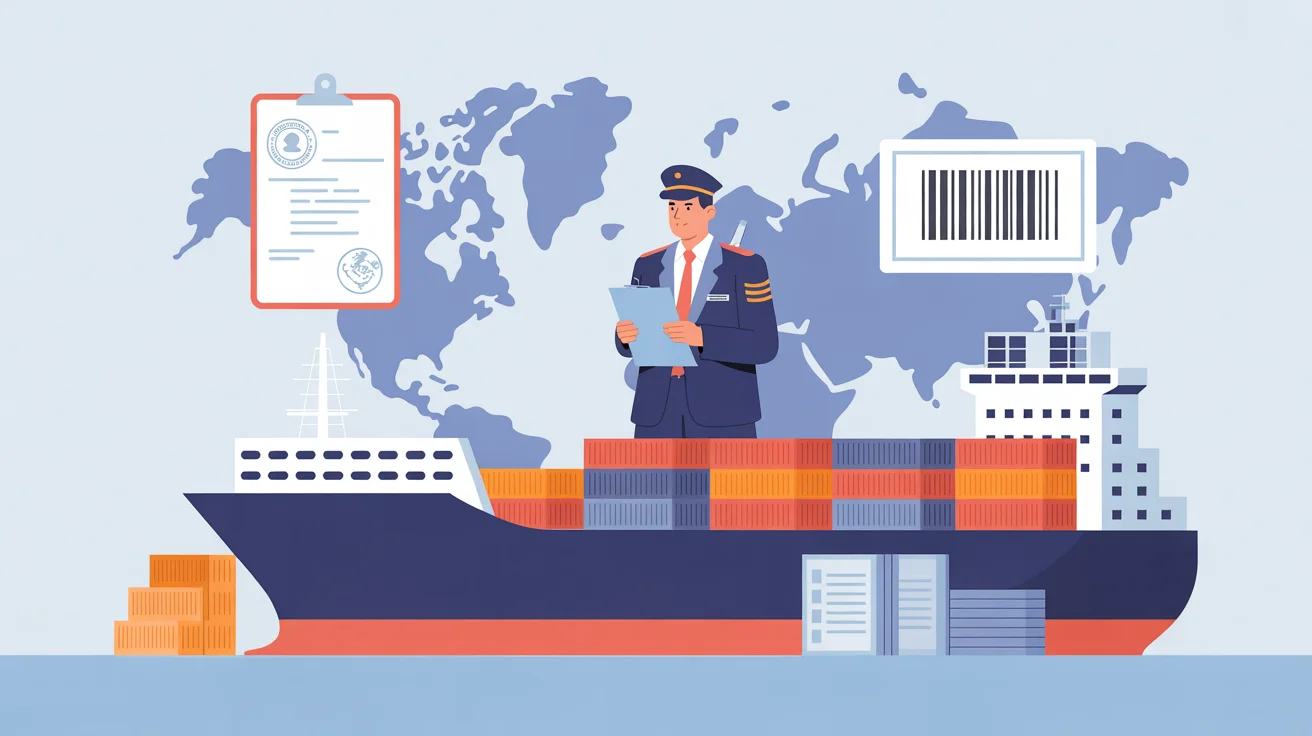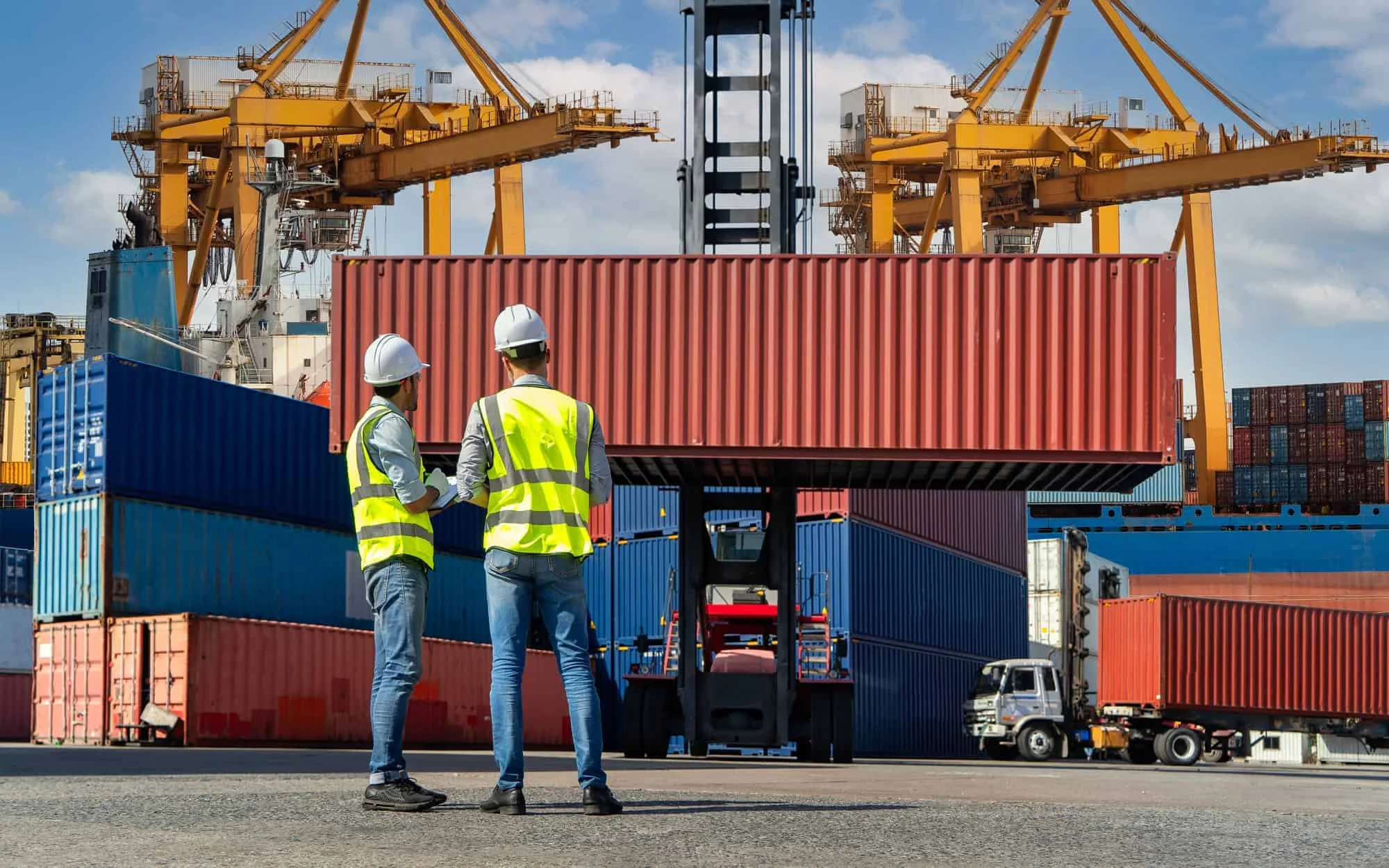
When it comes to international shipping, choosing the right method for transporting your goods is crucial. Full Container Load (FCL) shipping is one of the most popular and efficient options available for businesses and individuals looking to move large volumes of cargo. In this article, we’ll dive into everything you need to know about FCL shipping, from its benefits to the process and costs involved.
What is FCL Shipping?
Full Container Load (FCL) shipping refers to the use of an entire shipping container exclusively for your cargo. Unlike Less than Container Load (LCL) shipping, where multiple shipments share a single container, FCL allows you to have a dedicated container for your goods. This method is ideal for large shipments that can fill an entire container or when you want to avoid sharing space with other shippers’ cargo.
Benefits of FCL Shipping
- Cost-Effectiveness for Large Shipments: FCL shipping is generally more cost-effective for larger shipments. When the volume of your goods can fill most or all of a container, the per-unit cost of shipping is often lower compared to LCL.
- Reduced Risk of Damage: With FCL, your cargo is the only one in the container, reducing the risk of damage caused by other shippers’ goods. This is particularly important for fragile or high-value items.
- Faster Transit Times: FCL shipments often have faster transit times because the container is only handled once at each end of the journey. This reduces the delays that can occur with LCL shipments, which require consolidation and deconsolidation.
- Simplified Documentation: Managing documentation for an entire container is often simpler than dealing with multiple LCL shipments. This can streamline the shipping process and reduce the potential for paperwork errors.
- Enhanced Security: Since FCL shipments do not share container space with other cargo, there is a reduced risk of theft or tampering. The container can be sealed at the point of origin and remain sealed until it reaches its destination.
The FCL Shipping Process
- Booking the Shipment: The first step in FCL shipping is booking your container with a freight forwarder or shipping line. You will need to provide details about your cargo, including weight, dimensions, and destination.
- Preparing the Cargo: Properly preparing and packaging your cargo is essential to ensure it arrives safely. This includes securing items, labeling packages, and adhering to any specific regulations for your goods.
- Loading the Container: Your cargo will be loaded into the container at the point of origin. This can be done at your facility or a designated warehouse. Ensuring the container is loaded correctly and evenly can prevent damage during transit.
- Transportation to the Port: Once loaded, the container is transported to the port for export. This involves trucking or rail transport, depending on the location of your facility and the port.
- Customs Clearance: Your shipment will need to clear customs at both the port of origin and destination. Ensuring all necessary documentation is in order and complying with customs regulations is crucial to avoid delays.
- Ocean Transit: The container is loaded onto a ship and transported to the destination port. Transit times can vary depending on the shipping route and schedule.
- Arrival and Unloading: Upon arrival at the destination port, the container is unloaded from the ship and transported to its final destination. This can involve additional trucking or rail transport.
- Final Delivery: The container is delivered to your specified location, where it can be unloaded, and the goods distributed as needed.
Costs Involved in FCL Shipping
Several factors influence the cost of FCL shipping:
- Container Size: The size of the container (20ft, 40ft, or 40ft high cube) affects the cost. Larger containers are more expensive but can be more cost-effective per unit of cargo.
- Shipping Route: The distance between the origin and destination ports and the shipping route’s demand can impact costs.
- Fuel Surcharges: Fluctuating fuel prices can affect shipping rates, leading to additional surcharges.
- Port Fees: Fees for handling and processing containers at ports can vary and add to the overall cost.
- Customs Duties and Taxes: These vary by country and depend on the type of goods being shipped.
- Insurance: Insuring your shipment against loss or damage is recommended and adds to the cost.
Common FCL Shipping FAQs
1. What size containers are available for FCL shipping?
– The most common sizes are 20ft, 40ft, and 40ft high cube containers.
2. How long does FCL shipping take?
– Transit times vary depending on the shipping route, but FCL shipping often has faster transit times compared to LCL.
3. Do I need insurance for FCL shipping?
– While not mandatory, insurance is highly recommended to protect against potential loss or damage.
4. Can I track my FCL shipment?
– Yes, most shipping companies provide tracking services so you can monitor your container’s progress.
5. What documentation is needed for FCL shipping?
– Common documents include the bill of lading, commercial invoice, packing list, and any required customs documentation.
FCL shipping is an efficient and cost-effective method for transporting large volumes of goods internationally. By understanding the benefits, process, and costs involved, businesses and individuals can make informed decisions to optimize their shipping operations. Whether you’re a seasoned importer/exporter or new to the world of logistics, FCL shipping offers a reliable solution for your cargo needs. If you’re considering FCL shipping for your next shipment, contact RAM International Shipping for expert advice and a custom quote.



